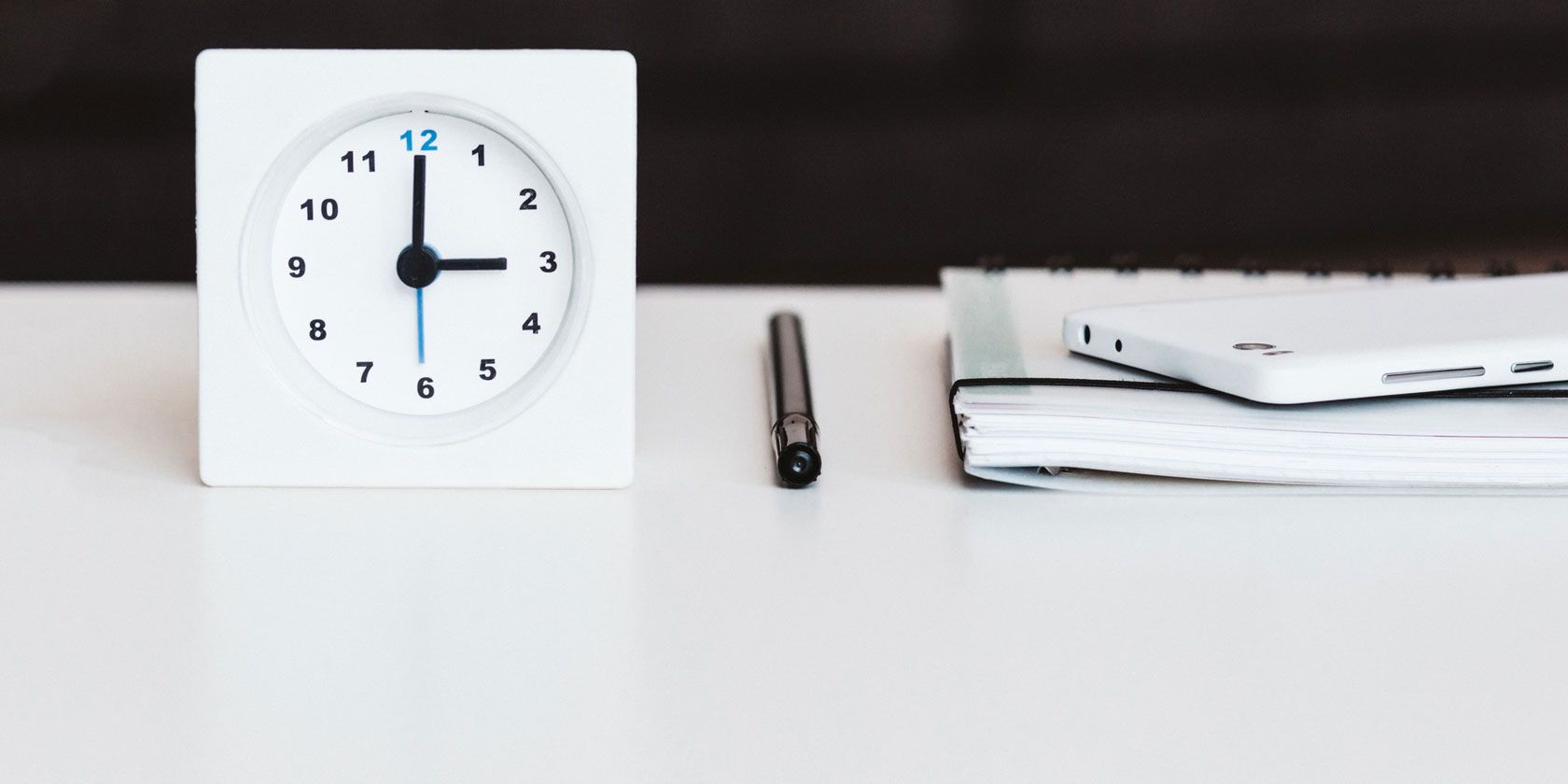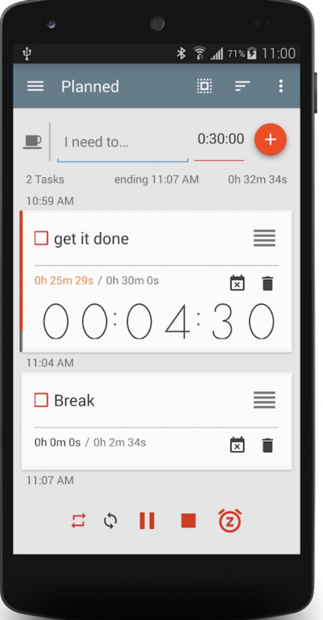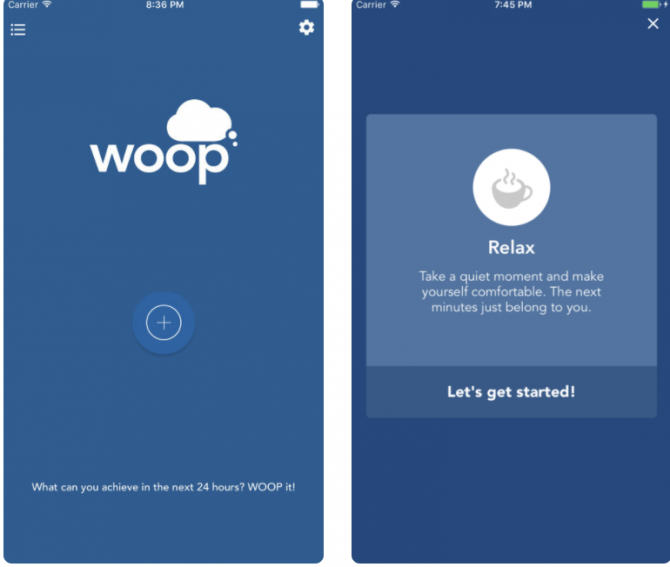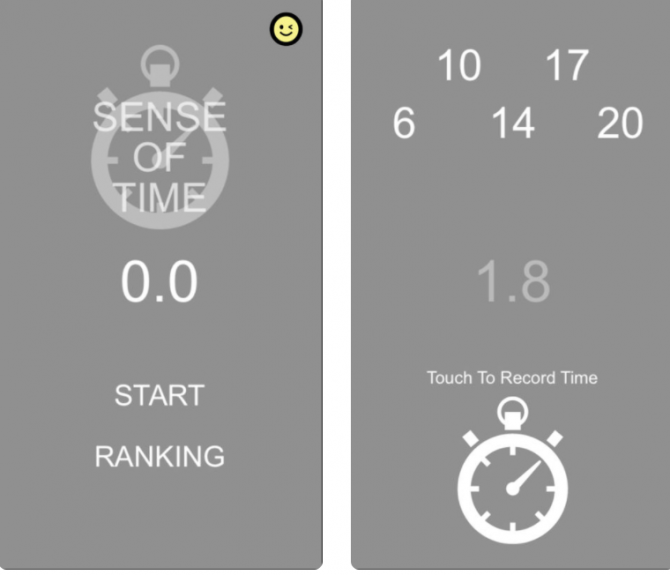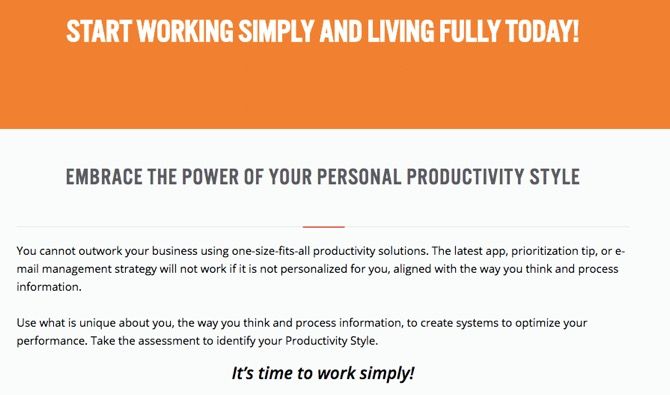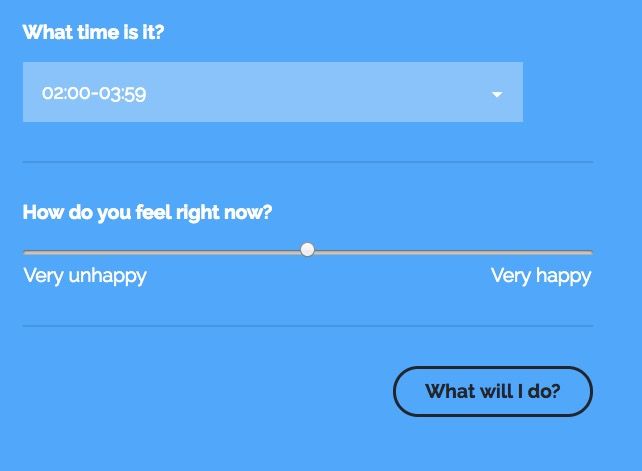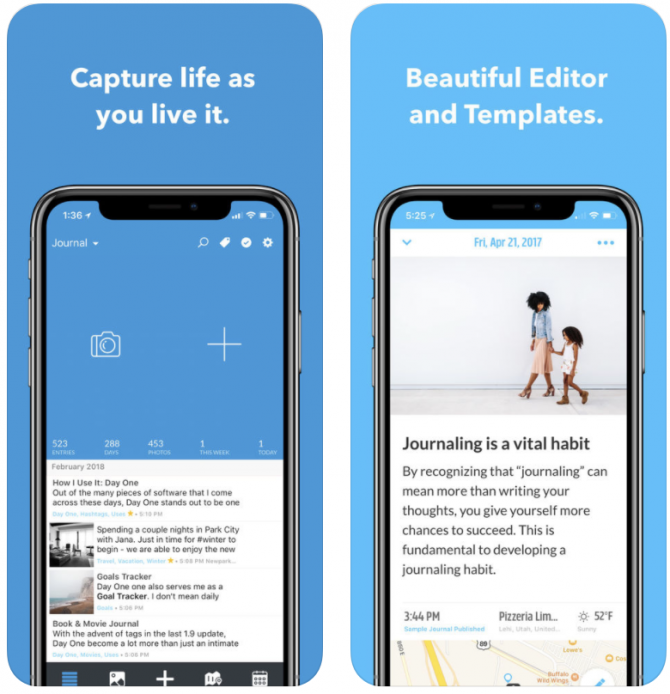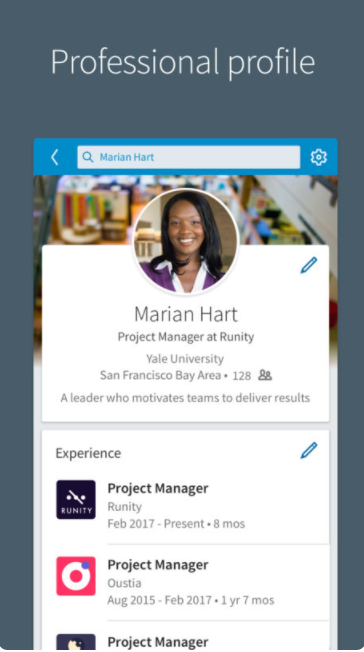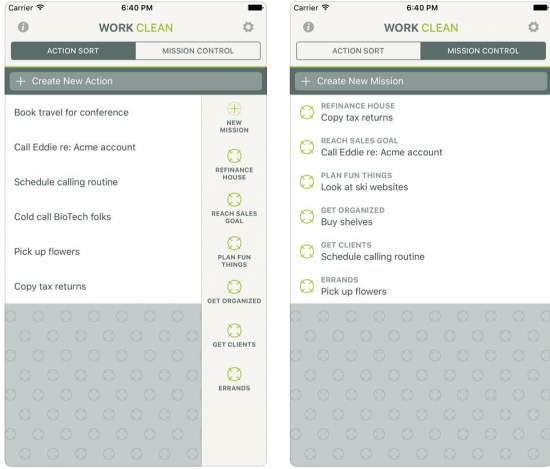You have good intentions for meeting your time management goals but just can't seem to follow through. This can be frustrating but, fortunately, there are things you can do to take your goals a bit more seriously---plus many time management apps and tools.
Keep reading to learn what they are.
1. Reduce Your Time-Estimation Bias
Researchers have found that some people are better at estimating time than others. That's why you might be perpetually late.
They suggest first learning how long tasks typically take you. Then, developing goals that help get things done in that timespan. Stop estimating how long something takes and let your watch tell the answer instead.
Better yet, download a time tracker like Do Now. It calculates how long it takes you to accomplish things.
Furthermore, it uses that information to estimate when you should finish. After using that app for a while, your time-estimation bias should become less prominent.
Download: Do Now for Android (Free)
2. Learn the MCII Strategy
Athletes often use visualization to help them move closer to goals. A concept called mental contrasting with implementation intentions (MCII) is a similar goal managing mind hack.
Researchers encouraged people to begin by visualizing a goal and the outcome of achieving it. Next, the individuals assessed what kept them from succeeding, then figured out how to banish that block.
Put simply, MCII involves coming up with a plan for overcoming obstacles that arise. It uses the WOOP acronym: Wish, Outcome, Obstacle, Plan.
Studies show people who practice it are better at managing their time than those who don't. There's an app to help you get the hang of it, too.
Download: WOOP for iOS | Android (Free)
3. Check and Fix Your Perception of Time
Scientists know that numerous things influence how we perceive time. They include the confidence in the ability to finish a task and cultural norms. The amount of pleasure a task gives is another factor. When engaged in things we like, time seems to pass faster than when doing unpleasant things.
Sense of Time is an iOS app that turns time perception into a game. It asks you to gauge how many seconds have passed, then provides an accuracy rate. If your time perception is off, consider turning each daily task into a Google Calendar event.
Keep your time perception findings in mind while doing so. Make each task's duration longer or shorter based on your current time perception.
By segmenting your work that way, time perception should improve as your time awareness goes up. Think about keeping a journal using Google Calendar to track how your views of the passage of time change, too.
Many people make the mistake of arranging their schedules down to the minute. However, as you focus on time perception, you'll learn to give yourself leeway when needed.
Download: Sense of Time for iOS (Free)
Download: Google Calendar for iOS (Free) | Android (Free)
4. Learn Your Productivity Style
Did you know there are several productivity styles? Knowing yours and adjusting your methods to suit it could help you get more done.
Carson Tate was a corporate outside sales expert who authored a book about this concept. She says there are four productivity types: Prioritizer, Planner, Arranger, and Visualizer.
Each one relates to information processing. Furthermore, some people merge more than one type as they work.
Curious about your productivity style and what it means? Tate offers a test you can take to find those things out. It has 28 questions and takes about 10 minutes to do.
Try: The Productivity Style Assessment | Website (Free)
5. Capitalize on Your Hedonic Flexibility
Scientists found that how people feel influences when they do tasks. For example, while in upbeat moods, they have a high likelihood of doing things that aren't fun.
In contrast, they do easier or fun tasks to pull themselves out of bad moods. Researchers refer to this tendency as hedonic flexibility. It allows using a positive outlook as a resource.
The leaders of that study developed the What Will You Do Next web app for people to use. It predicts what you'll likely do in a few hours based on your feelings.
Answer a few questions and get a bar graph of potential activities. You can then use that material to plan your day and juggle tasks.
Website: What Will You Do Next?
6. Trade Time Management for Attention Management
Many people emphasize the value of planning out your days. However, a study found the average CEO spends 13 hours per week doing unplanned activities.
"The most effective leaders aren't the ones who constantly keep the midnight oil burning, but rather the ones who are the most attentive and focused while at work."
That's largely due to the nature of the job. Unexpected duties crop up regularly, and CEOs have to accommodate them.
An investigation of hundreds of CEOs in the manufacturing sector found successful ones don't prioritize time management. Instead, they value and practice attention management. The greater their attentiveness, the more they accomplish.
Focus@Will is a subscription-based music tool that provides a soundtrack of scientifically optimized music. Start by answering a few questions, then tune into the provided music channel.
Alternatively, limit the other things that steal your attention. They might be gadgets, distracting websites, or people who don't respect your boundaries.
Download: Focus@Will for iOS | Android ($9.95/mo)
7. Practice Reference Class Forecasting
Scientific research indicates people often show an optimism bias when figuring project timeframes. That is, they envision working faster than what's possible.
Also, a factor called coordination bias comes into play when working with others. It occurs when people forget that organizing work for teams sometimes takes longer than anticipated. These are some of the reasons why projects don't finish on time.
However, Yael Grushka-Cockayne teaches project management at the University of Virginia. She believes reference class forecasting is a useful remedy.
What does it entail? Planning current projects based on timeframes for things already completed.
She suggests keeping track of how estimated project timeframes stack up with the real time required. Then, depend on those historical estimates when planning new projects. Meteorologists track their accuracy over time too and use the data for self-improvement.
Try the Day One app as your project management tool. It's for journaling but allows adding weather and location data, plus photographs.
You can add those things---along with time estimates---to each entry. Then, look back at them all to engage in reference class forecasting.
Download: Day One for iOS | Android (Freemium)
8. Meet With a Time Management Mentor
Who are your time management role models? Do you have any? Neil Massa runs time management courses in the United Kingdom.
He brings up a pressing need for good examples to follow. Massa notes, "The point is this: the chances of a young person entering the world of work for the first time and being surrounded by people who are role models for productivity and time management in a digital age are slim to zero."
To clarify his point, Massa says 90 percent of people in the United Kingdom's workforce haven't ever read a time management book. Getting engrossed in a highly regarded book is a good start. However, you should also think about meeting with someone who serves as your time management mentor.
LinkedIn connects users with mentors through its Career Advice feature. Start at your LinkedIn dashboard. Then, find the Career Advice hub. Answer questions about your goals and the advice you need and get matches from LinkedIn based on the responses.
Besides the suggested techniques from a mentor, you'll also stay on track with accountability. When you know someone else expects your progress, you won't be too tempted to slack off.
Download: LinkedIn for iOS | Android (Free)
9. Get Inspiration From Professional Chefs
Anyone who watches cooking shows knows there's an incredible number of things happening simultaneously in restaurant kitchens. Chefs manage their time and workspaces with a French principle called "mise-en-place". It encourages having a process, being present, and exercising preparation.
Delegation is also a crucial principle used by professional chefs while managing their time. Depending on the workload and number of employees, they may slow down the pace, too. That tactic prevents staff members from getting overwhelmed.
Work Clean is the first productivity app that draws on what chefs do. Arrange your tasks into Frontburners and Backburners, then turn upcoming tasks into Missions.
Download: Work Clean for iOS (Free)
How Do You Manage Your Time?
Accomplishing your time management goals isn't always easy. However, these tips should make you think about them differently. By applying the time organization tips above, you can get out of a time management rut for good.
If you're eager to save time, have a look at the shortcuts found in these time saving websites and apps.

